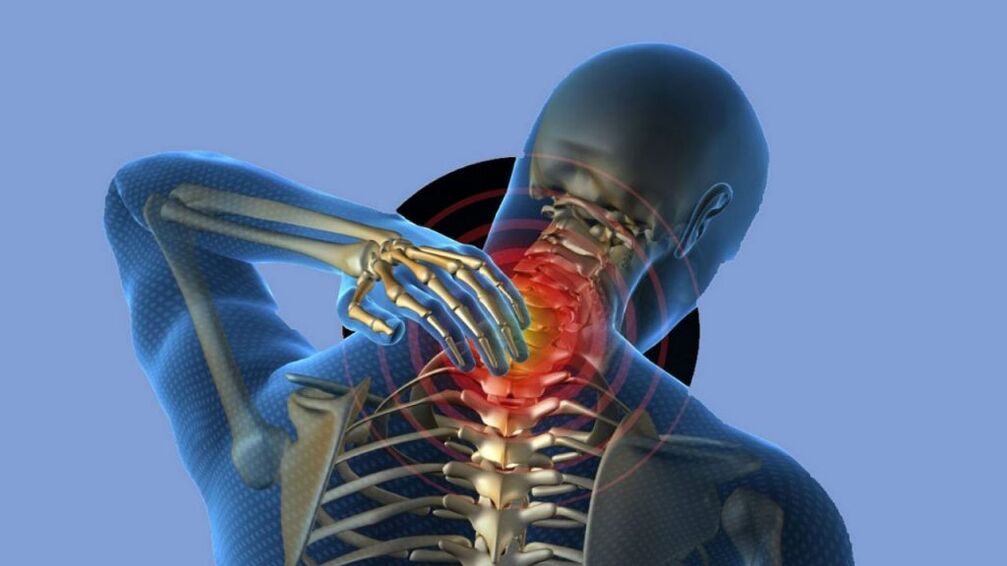
Under the cervical spine osteochondrosis, it means degenerative-dystrophic pathology, which affects the discs between the vertebrates.The disease is diagnosed mainly in people between 30 and 50, but can occur at another age.It is important to timely identify pathology and appropriate treatment.If this is not done, the disease will move to a new stage of development, which can lead to the need for surgical intervention to replace the intervertebral discs with prosthesis.
Causes of the disease
Neck osteochondrosis occurs for the following reasons:
- Sedentary lifestyle;
- Obesity;
- Improper nutrition;
- Previously affected spinal injuries, especially if the segments of the cervical region are damaged;
- Excessive physical activity;
- Stay in the same posture for a long period of time - for this reason, the pathology is often diagnosed in office staff who work on a computer;
- Genetic predisposition;
- Unstable emotional background;
- Neck hypothermia;
- Autoimmune pathologies, which are injured by cartilage tissue;
- Incorrect structure of the spine diagnosed from birth.
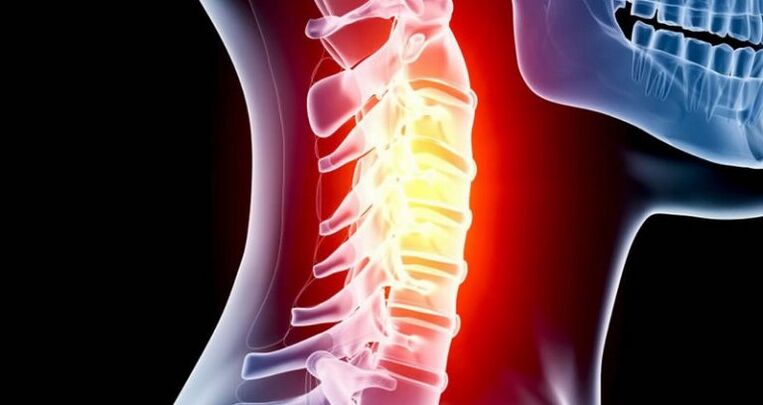
The development of osteochondrosis in the cervical region also contributes to genetic predisposition.
The degree and type of disease
Cervical osteochondrosis goes through several stages of development, each of which has some symptoms:
- First stage disease.This is the beginning of the development of pathology.The patient has pain in the affected area, which is intense during movement.At this point, the rear muscle tension and rapid fatigue are also characterized.At this point the pathology does not need therapy.The disease can be eliminated using the right electrical system, exercise therapy and harmful addiction.
- The second stage of the pathology.The disease progresses, affecting the intervertebral discs.Their height decreases, causing the distance between the vertebrates and pinches of the nerves.As a result, pain syndrome becomes more pronounced.It occurs extensively when the head moves and gives the shoulders or hands.Such symptoms also appear - neglect, fatigue, pain in the head.Medications are prescribed for the treatment of pathology.
- Third degree of the disease.The hernia of intervertebral discs begins to form.Pain syndrome is improved.The pain is localized to the neck and head and gives the shoulders and hands.Dizziness appears, the patient is weak.The neck loses mobility.Particularly acute protection is felt in the morning.
- The fourth stage of the disease.The intervertebral wheels are completely destroyed.Their place occupies connective tissue.The pain is intense and does not even disappear during sleep, the neck almost completely stops turning, dizziness becomes more common, the patient loses coordination of movements and noise in the ears.
Clinical picture
Schop osteochondrosis is manifested in different ways, depending on the damage to specific segments.However, there are general symptoms that are characteristic of any spine damage to the department:
- Pain syndrome in the head, chest, arms, shoulders;
- Vision and hearing vision;
- When moving the neck;
- Fingers of the upper extremities and end of the tongue;
- Weakness in the muscles, leg muscles;
- Increased blood pressure.
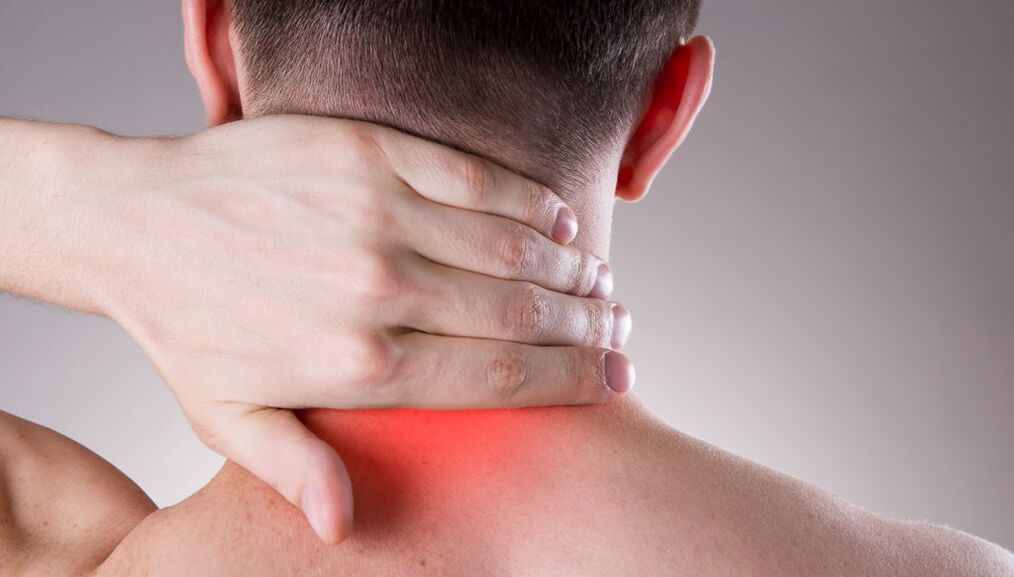
The pathology is also characterized by certain syndromes, each of which is discussed in detail below.
Radio Syndromes
With cervical osteochondrosis, the nerves are cut, resulting in pain syndrome.The pain gives the shoulders and hands.The following symptoms also appear:
- Small pimples on the base of the hair on the epidermis, which is called goosebumps in common people;
- Skin quarrel;
- Loss of elasticity and elasticity of epidermis;
- Swelling of soft tissue;
- Skin palor.
Willy artery syndrome
Characterized by the following symptoms:
- Burning or pulsing, constant or paroxysmal pain that becomes more intense when the head moves or remains in one posture for a long time;
- Dizziness and rash;
- Nausea;
- Loss of movement coordination;
- Noise in the ears and hearing deterioration;
- Pain in the eyes;
- The vision of the vision.
Cervical migraine syndrome
If osteochondrosis of the cervical spinal column occurs, this can lead to the appearance of cervical migraine syndrome.In this case, the nodes of the sympathetic column are irritable.As a result, there are problems with brain vessels and blood circulation.This results in a regular increase in blood pressure, which is characterized by the following symptoms:
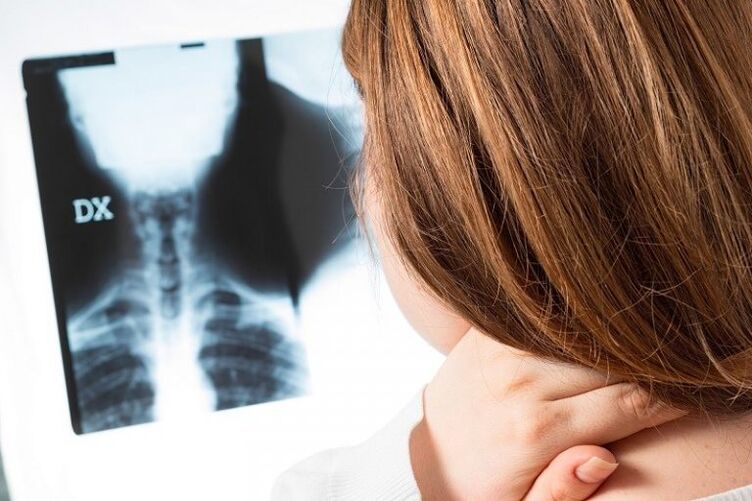
- Heartbeat;
- Noise and call in the ears;
- Listening will deteriorate.
Hypertension syndrome
If osteochondrosis of the cervical spine is caused by hypertension syndrome, then the patient increases intracranial pressure.Such symptoms appear:
- The pain was blown up;
- Nausea with vomiting;
- Increase in body temperature.
Blood examination indicates an increase in the rate of erythrocyte settlement.
Diagnostics
Instrumental studies and laboratory tests are prescribed to determine the diagnosis of pathology.
Instrumental
If there are signs of osteochondrosis of the cervical region, it is recommended to consult a physician.Only a specialist can diagnose the pathology.To do this, a professional will determine such instrumental research:
- X -Ray.Such examination is rarely established because it does not give a complete idea of the development of pathology, especially in the 4th stage of the disease.
- Ct.This helps to identify changes in the vertebrates.However, this study cannot determine the hernia existence between segments, which means that it does not say anything about their shape and size.
- MRI.This helps to identify any disorders of the spine, including intervertebral hernia.
- Duplex ultrasound.Such an examination is prescribed if there are problems with blood circulation on the vessels of the spine.Duplex ultrasound shows the presence of blood flow disorders as well as obstacles that prevent the normal blood course.
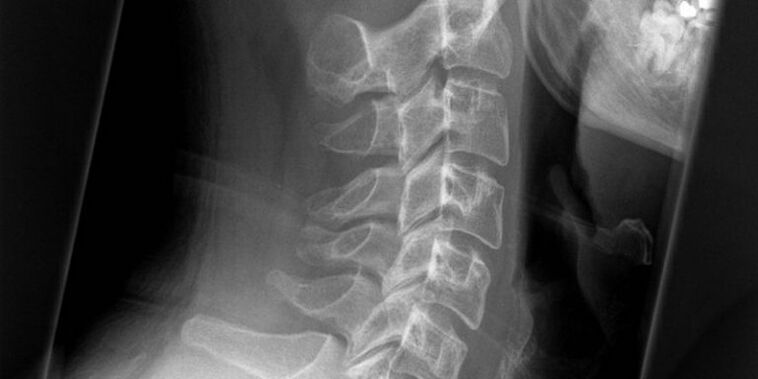
Laboratory
Cervical osteochondrosis is also prescribed a general and biochemical blood test.Such examinations do not help to diagnose the pathology, but the physician may prescribe the patient's health as well as obtain information on the inflammatory process.
Traditional treatment
Treatment of cervical osteochondrosis is prescribed by your doctor.Therapy is very difficult and takes a long time.Treatment is aimed at developing the disease and eliminating symptoms.Medications, physiotherapy, exercise therapy and other procedures are prescribed for this.If conservative therapy has not received the desired result, surgery is performed.
First aid for exacerbation
First aid should be provided to the patient if he or she suffers from severe, intolerable pain and if the neck is in one condition.It is advisable to call the ambulance immediately and before the specialists arrive, you should act as follows:
- Enter the analgesic ointment at the site of pain.
- Give the patient analgesic.
- To create a compress with Camphor - this will help restore mobility of joints, improve blood microcirculation, and relieve pain.
Until the doctors arrive:
- Try to do a massage for the patient.One incorrect movement will cause the situation to exacerbate.
- Warm warming ointment in the affected segment.If the pathology is accompanied by an inflammatory process, then the use of such an tool will deteriorate.
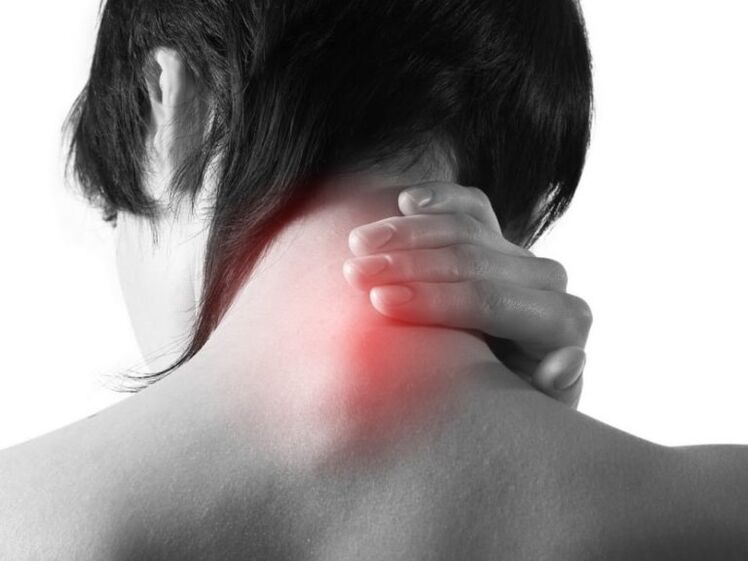
Emergency specialists who have arrived, either resolve the problem on the spot or take the patient to hospital.Treatment of cervical osteochondrosis is prescribed after diagnostic measures.Usually, after first aid, the patient is released home to undergo therapy on an outpatient basis.
Remedy
Treatment of cervical spine osteochondrosis is based on the use of such medications:
- Non -anti -agents that have an antulum properties.Such medications prevent the symptoms of the disease.The funds also stop the inflammatory process and save from traumatic nerve edema.The tablets are consumed 2-3 times a day after eating.The duration of therapy is 2-3 weeks.
- Musorelaxants.They get rid of muscle spasms and muscle tone tissue.
- Corticosteroids.These are hormonal drugs.Means are prescribed only if other drugs have proven their ineffectiveness.Medications have a large number of contraindications and side effects, so you can use them for therapy only prescribed by your doctor.
- Urinary acid.Release the body from excess fluid.Thanks to this, the medications help to remove soft tissue swelling at the site of the inflammatory process.
- Blocks.Doctors usually prescribe drugs subcutaneously or intramuscularly.Drugs are prescribed in several points in the area of the affected spine.This allows you to stop the pain syndrome.
- Chondroprotectors.They stop the development of the pathology and promote the restoration of the injured cartilage.
- B vitamins B. Improves metabolism and neuromuscular conductivity.
Surgical
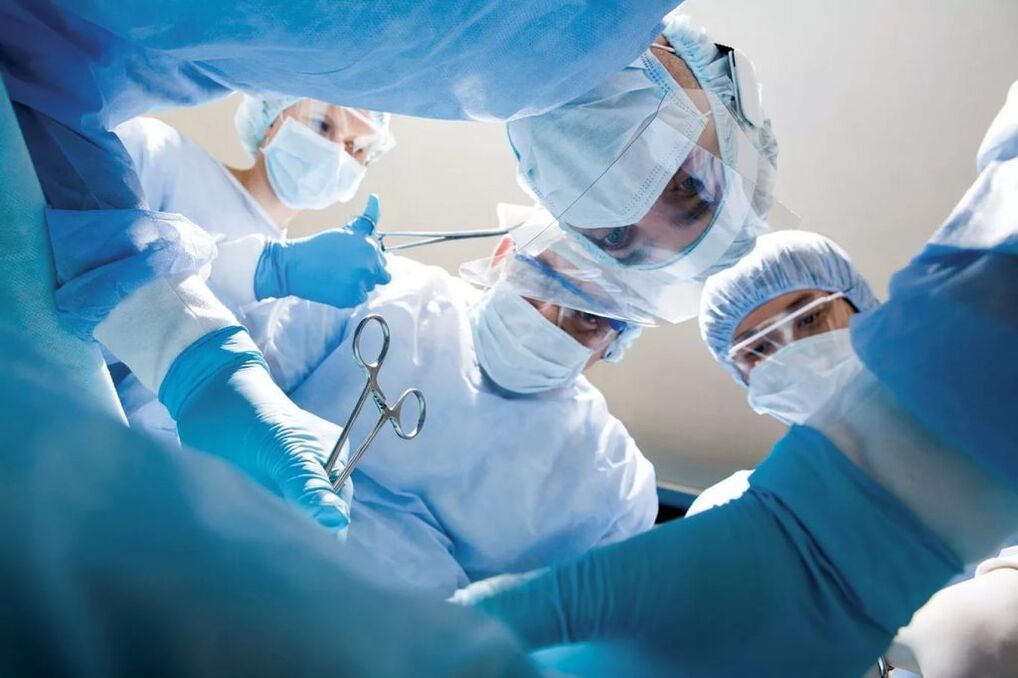
Surgical intervention is prescribed at the last stage of disease development and only by the ineffectiveness of conservative therapy.The treatment outcome is evaluated in six months.In the absence of effect, surgical intervention is performed.Surgery can be established before if unbearable pains occur or limb paralysis occurred.
Gymnargio to the neck
Treatment of home pathology is based not only on drug use but also for the work of special exercises.Exercise therapy is prescribed by your doctor.Classes are performed only during the remission of the disease.To avoid intervertebral pinches, it is recommended to perform such exercises:
- The stomach lies on the floor with an accent, climbing head and body.The exercise is repeated 2-3 times with fixing for 2-3 minutes.
- Lying on the stomach, they perform repetitions in one and the other, touching the floor of the floor.The number of repetitions is 7 in each direction.
- He was sitting on the floor, looking at the chest chin, after which they were back, throwing himself back.Exercise is performed 10-15 times.
- At the session the palms put it on the forehead and press.Then press their heads in the palm of your hand.The number of repetitions is 2-3.
- To stay, they first rotate in one head, then in the other direction.The number of repetitions is 10.
Physiotherapy
To get rid of cervical osteochondrosis, physiotherapeutic procedures are also prescribed.Such treatment helps prevent the symptoms of the disease and helps to recover the affected cartilage.The following procedures are usually given:
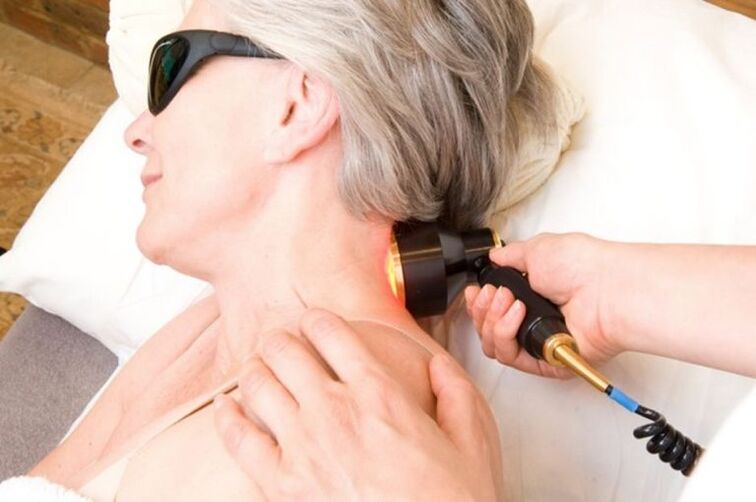
- Laser therapy.The essence of the method is the action of the laser at the affected areas of the spinal column.It improves blood microcirculation and stops the inflammatory process.
- Electrophoresis.The procedure is performed with painkillers.The essence of the method is the effect on the affected parts of the body, which has a small electric current to pass ions, in the damaged area of the spine.
- Ultrasound.The procedure improves metabolic processes in cells, stops pain syndrome and stops the inflammatory process.
- Magnetotherapy.Relieves soft tissue swelling and eliminates pain syndrome.
In order to increase the efficacy of therapy, alternative methods of treatment may also be determined:
- Massage of cervical sibling zone;
- Manual therapy;
- Acupuncture and other procedures.
Nourish
Treatment of cervical osteochondrosis will be ineffective if not comply with certain nutritional rules.Diet will help you:
- Avoid lack of beneficial substances because vitamins and minerals are involved in the metabolic processes of intervertebral discs;
- Normalize body weight, which will reduce the load on the spinal column;
- To reduce the likelihood of sclerotic changes in the bloodstream, it reduces the risk of deteriorating blood in the brain.

Proper nutrition principles for cervical osteochondrosis:
- The diet should be balanced at the daily dose of kilocalores -1200-1500;
- Food is taken in small portions 5-6 times a day;
- Observe the drinking regimen to prevent dehydration of the tissues of the intervertebral discs - at least 1.5 liters of fluid drunk per day;
- Limit salt consumption as it retains fluid in the body, causing swelling of the tissues;
- Restores the consumption of starch and flour products;
- Exclude fat, fried, spicy, smoking from diet;
- Refuse to use alcohol and sweet carbonated drinks as well as storage of juices in boxes;
- The menu will include fresh vegetables and fruits, lean meats, lean species of fish
Tibetan applicator
Even with cervical osteochondrosis, doctors recommend using a Tibetan applicator to improve the condition.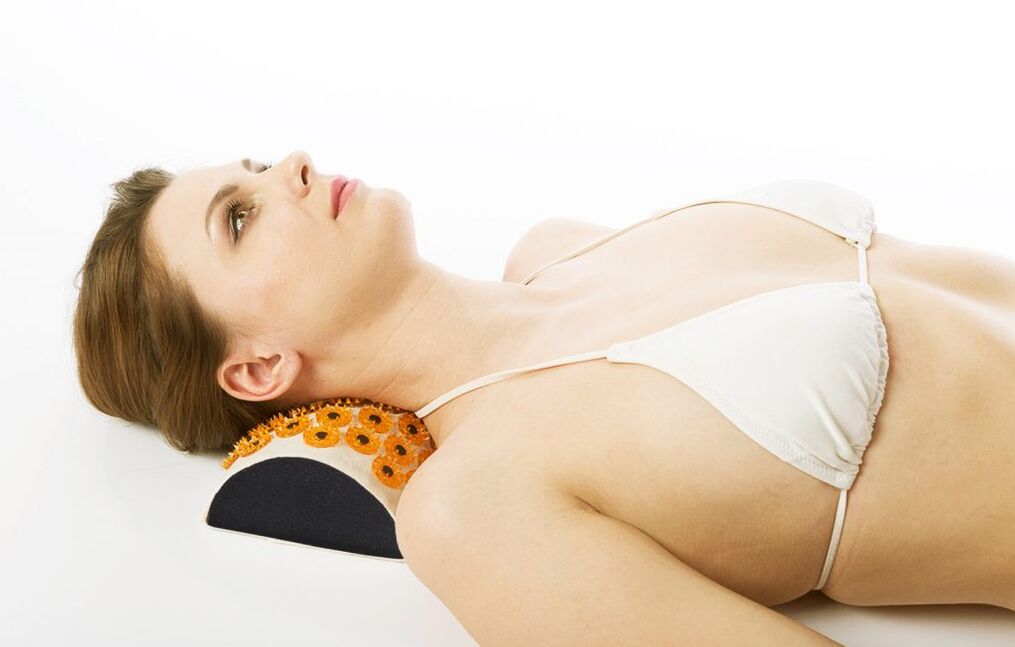 It is a device made of plastic spikes that affect the epidermis.The patient is referring to the applicator in the problem area and holds the lying position.As a result, epidermis receptors that participate in the physiological processes of the body are irritated.
It is a device made of plastic spikes that affect the epidermis.The patient is referring to the applicator in the problem area and holds the lying position.As a result, epidermis receptors that participate in the physiological processes of the body are irritated.
This procedure gives the following results:
- Sleep direction is normalized, the quality and duration of night rest improves;
- Pain syndrome stops;
- Microcirculation of blood improves;
- Joint mobility is restored;
- Performance increases.
The Tibetan applicator has contraindications:
- Epidermis pathology;
- Diseases provoked by infections;
- Vascular diseases;
- Oncological pathologies of malignant nature.
The device can only be used after consulting a specialist.
Folk treatment
Use of non -traditional medicine is another way to treat cervical osteochondrosis.Such medications are used only with the permission of a doctor.Public medicine increases the effectiveness of drug therapy.To treat the disease, it is impossible to use as independent medications.Below are recipes for non -traditional medicine for the treatment of osteochondrosis.
Compressing the cabbage
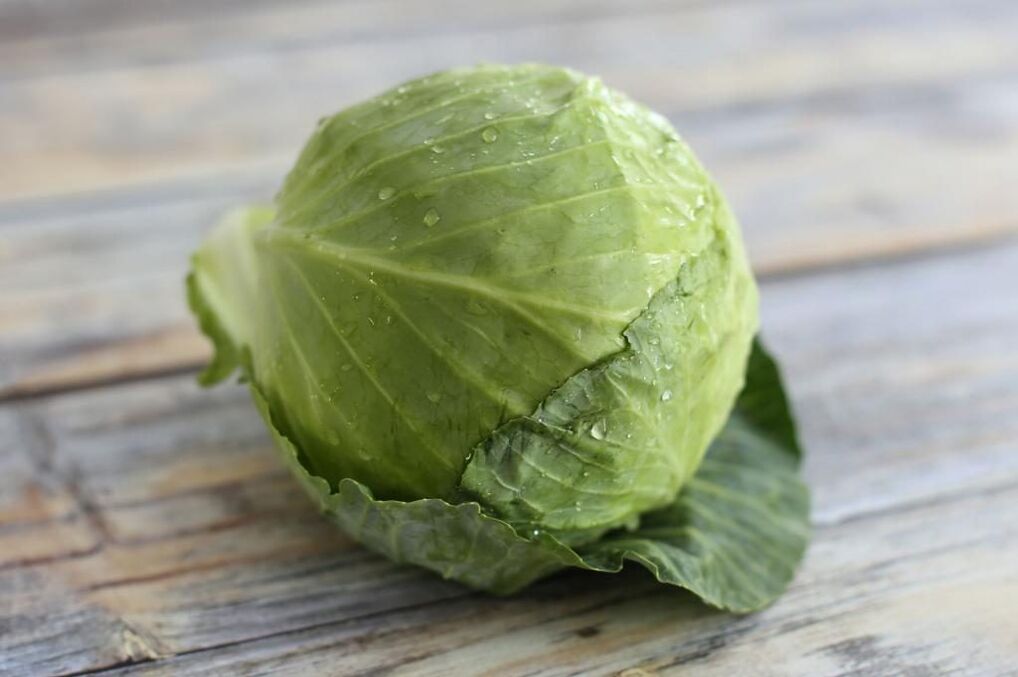
The leaf of the fresh cabbage is slightly beaten with a hammer for softening.After that, it is fixed to the problem area and isolated.Compression is stored for several hours.The procedure is performed daily.Instead of cabbage sheet, you can use horseradish leaves.
Yeah -founded ointment
Necessary components:
- Hop cones in chopped powder - 1 large spoon;
- Butter - 1 large spoon.
The products are connected and mixed.The resulting composition is treated with the affected area and is recorded with insulation bandages.Compression is stored for a few minutes to a few hours.The procedure is performed daily.The ointment is stored in the refrigerator.
Compression of honey cartel
Necessary ingredients:
- Grated raw potatoes - 1 large spoon;
- Honey - 1 large spoon.
The components are mixed and placed in the fabrics.Compression is fixed in the problem area for 20 minutes.The procedure is performed once every 7 days.
Prevention of the disease
The following preventive measures will help prevent the origin of the pathology:
- Head with active lifestyle - play sports, best swimming;
- Enrich your diet with magnesium and calcium -containing products;
- Make it warm, during the session several times a day;
- Use orthopedic beds to rest at night;
- Take a hot shower for 10 minutes daily;
- Refuse by excessive physical effort;
- Visit your doctor regularly and treat pathologies in a timely manner, which can lead to cervical osteochondrosis.
What is the Neck Dangerous Osteochondrosis
The main danger of the disease is that the absence of timely and qualified therapy can lead to complete immobilization of the joints, causing disability.In addition, the cervical spine pinking has a negative effect on the blood supply to the brain.As a result, headaches and other appropriate diseases occur.For this reason, you cannot neglect the pathology.

Cervical osteochondrosis is a spine pathology that in the absence of timely qualified therapy can lead to unfortunate consequences.To prevent this, it is advisable to consult a physician after the first symptoms of the disease.
















































